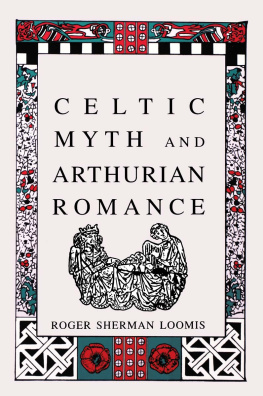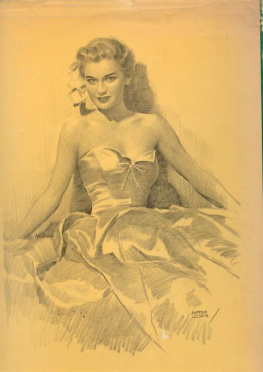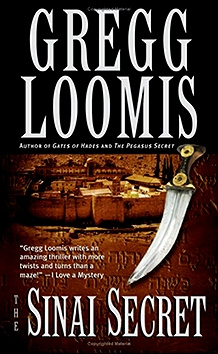Published by The History Press
Charleston, SC
www.historypress.net
Copyright 2016 by Bill Loomis
All rights reserved
First published 2016
e-book edition 2016
ISBN 978.1.62585.384.4
Library of Congress Control Number: 2015954753
print edition ISBN 978.1.62619.833.3
Notice: The information in this book is true and complete to the best of our knowledge. It is offered without guarantee on the part of the author or The History Press. The author and The History Press disclaim all liability in connection with the use of this book.
All rights reserved. No part of this book may be reproduced or transmitted in any form whatsoever without prior written permission from the publisher except in the case of brief quotations embodied in critical articles and reviews.
ACKNOWLEDGEMENTS
Thank you to Sallie Cotter Andrews, writing for the Wyandotte Nation, for the excerpt on Wyandotte chief Walk in the Water and for permission from the tribe to use the turtle totem of Walk-in-the-Water.
Special thanks to Thomas St. Aubin for the generous use of the image of his ancestor Basilide St. Aubin and his comments on the St. Aubin historic family farm.
Thank you, Bentley Library, University of MichiganAnn Arbor, for assistance in researching Hazen Pingree.
The quotes from Cyrus P. Bradley are taken from his journal with permission from the Clarke Historical Library, Central Michigan University digital collection called We Arrived in Detroit. Thank you.
The Irish on the Urban Frontier: Nineteenth Century Detroit by Eastern Michigan University professor JoEllen Vinyard is quoted on the economic depression of the 1850s as it was experienced in Corktown.
Brunss book Preacher is quoted on preacher Billy Sunday.
And many thanks to Barney Klein for friendship and a brilliant photographic eye.
INTRODUCTION
This project was hard at times as I tried to decide what needed to stay or what needed to be bumped. I realized why Detroit has had so many city historians: Detroits history is incredibly long, varied and fascinating. It gave me a chance to show off the panoply of three hundred plus years of Detroiters, the big deal events and the daily struggle all in tiny bites. It is amazing to talk about Stevie Wonder on one day, Chief Pontiac the next, Al Kaline, Jack Kevorkian and then General U.S. Grant dancing at a costume ball. Ive tried to balance points of historical significance with everyday life, nostalgia and fun. The frustration came when bumping something out that I liked for something I thought was a better fit. Being limited to 250 words on some subjects that deserved more was at times maddening. I give my thanks to my wife, Janice, for her help rough editing and my daughter, Natasha, for her love and support. It was fun working with Barney Klein, and I appreciate his great skills with a camera. My personal favorite? Monk Parryfirst monkey to drive a car in Detroit, July 3, 1904.
JANUARY
January 1
1895Gentlemen Callers
On this day in Detroit, all silk hatted swains, aka young bachelors, spent the entire afternoon and into the evening with friends going house to house calling on young, single ladies. Every girl measured her success and popularity by the number of gentlemen who came to offer greetings, jumping up each time the doorbell rang to welcome a new group with expressions of delight, making a mental note, Forty-one, forty-two, forty-three Eventually, this custom grew tiresome, as described in the Detroit Free Press: It was one thing for people to receive their friends and dispense hospitality, but when it came to receiving their friends friends and friends of their friends friends it became an abomination. A small, pretty wicker basket was set on the porch for callers to leave their card, which killed the tradition. The newspaper called it harsh but effective.
January 2
1842Christmas Games
Emily Mason was the elder sister of Michigans first governor, Stevens Mason. She was described as having the manners of a queen, the brilliancy of a diamond, and an intellect like a blade of Damascus. However, in 1842, Emily Mason was fifteen. She described the Masons Christmas in a letter to her father, who was in Washington, D.C., on business. In old Detroit, as in other cities, Christmas was twelve days, so some form of celebration continued until January 5. They had a Christmas dinner with a dozen or so special friends and with plenty of egg nog we were very merry. Among the guests was former U.S. senator Norvell, former governor of Northwest Territories and future U.S. presidential candidate in 1848 Lewis Cass and another highly respected Detroiter, Major Forsyth. They played Tableux, a parlor game that used a large frame, a gauze screen and a lantern light to produce silhouette figures. Emily, her sister Laura and Lewis Cass were the actors. Emily claimed that others declared the Tableux vastly pretty. Emily then convinced Senator Norvell and Major Forsyth into various noisy games suitable to the season such as Blind Mans Buff and another called Puss in the Corner. As she wrote, They entered into in such spirit! We have kept it up every evening since till we are quite worn out with our Christmas frolicking and shall be right glad to return to dignity again after Twelfth night till when we are to keep it up.
January 3
1965John Conyers Joins U.S. Congress
On this day, John James Conyers Jr. began serving as the U.S. representative for Michigans Thirteenth Congressional District. Conyers, as its longest-serving current member, is the dean of the House of Representatives. He is also the oldest and the longest-serving current member of the United States Congress. He was born in Highland Park in 1929. After graduating from Northwestern High School in Detroit, Conyers served in the Michigan National Guard (194850), U.S. Army (195054) and the U.S. Army Reserves (195457). Conyers served for a year in Korea as an officer in the U.S. Army Corps of Engineers and was awarded combat and merit citations. Conyers grew up in Detroit and received both his BA and his law degree from Wayne State University. Conyers is one of the thirteen founding members of the Congressional Black Caucus and is considered the dean of that group. After Martin Luther King Jr.s assassination in 1968, Conyers introduced the first bill in Congress to make Kings birthday a national holiday. It is now celebrated as Martin Luther King Jr. Day.
January 4
1940Detroits Supreme Court Justice
Today, President Franklin D. Roosevelt nominated Frank Murphy to the U.S. Supreme Court in 1940. Murphy was famous for his support of African Americans, dissenters, Native Americans, women, workers, unions and other outsiders. He wrote in 1944, The law knows no finer hour than when it cuts through formal concepts and transitory emotions to protect unpopular citizens against discrimination and persecution. William Francis Frank Murphy was born in Michigan of Irish parents and followed his fathers footsteps to become a lawyer. After graduating from the University of Michigan, Murphy opened a law office in Detroit and became the chief assistant U.S. attorney for the Eastern District of Michigan. He served as a judge in Detroits recorders court from 1923 to 1930. He was a presiding judge in the famous murder trials of Dr. Ossian Sweet and his brother, Henry Sweet, in 1925 and 1926. He was elected mayor of Detroit from 1930 to 1933 during the early years of the Great Depression and in 1936 served as the thirty-fifth governor of Michigan.














